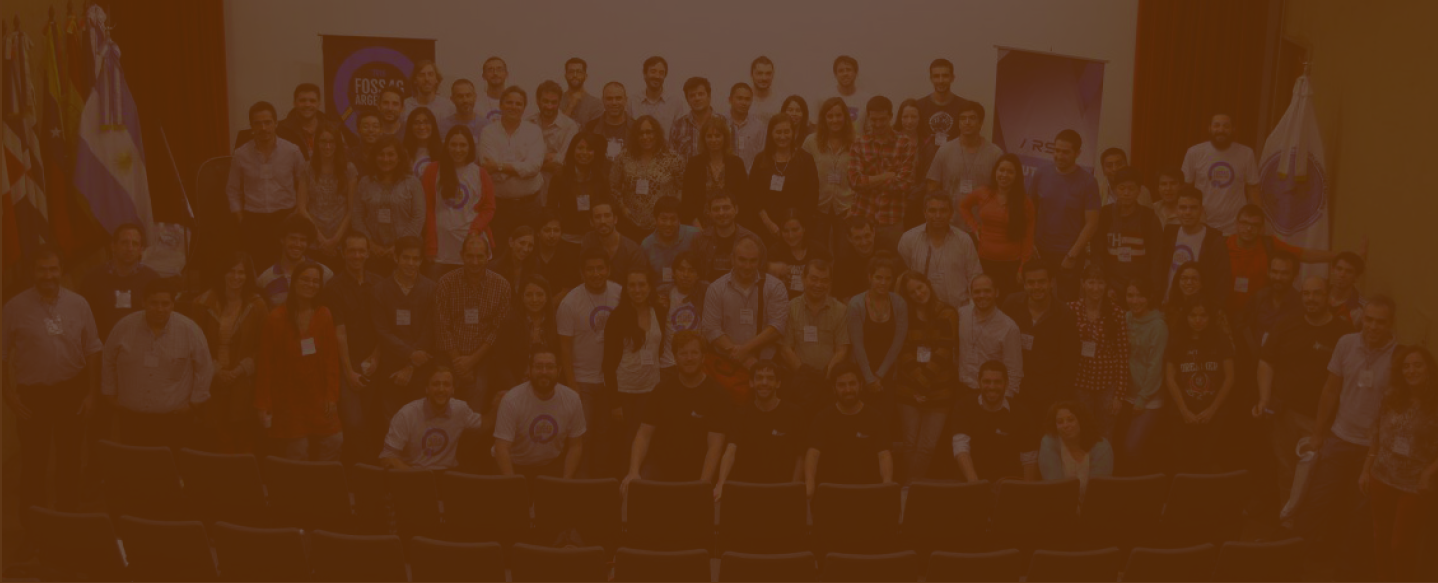Dylan Halpern
Dylan Halpern is the Principal Software Engineer for the US Covid Atlas at the Center. Utilizing methods of geospatial data analytics, visualization, and web development, he works in domains of public health, urban experience and activity, and transit. He holds a Master in City Planning from MIT.
Sessions
In-browser analytics have grown in popularity as personal computers and mobile devices have increased capabilities in CPU and GPU performance to handle and represent geospatial data. Efficient data transfer formats, in-memory analytics, and cheap static or serverless web infrastructures set the groundwork for robust client-side data handling, parsing, and visualization. Additionally, the ongoing development of WebAssembly libraries, a web technology to wrap and translate existing modules from C, Go, Rust, Python, Java, etc. into a JavaScript virtual machine with near-native performance, opens the door to integrate existing work into new web applications.
In response to the COVID-19 pandemic, a research coalition led by the Center for Spatial Data Science at UChicago developed a first-of-its-kind dashboard that enables client-side analytics to perform spatial autocorrelation methods (LISA / Local Moran’s I) and binning algorithms including jenks natural breaks and hinge breaks directly in the client-side environment. The advances open up new possibilities for inexpensively hosted geospatial web applications with more robust analytic capacities than previously possible, all while utilizing free or low-cost web hosting services. Additionally, new visualization methods utilizing powerful WebGL-based geospatial libraries (Deck.gl, Kepler.gl) allow for more complex on-the-fly visualizations such as point-grid layers and dot density maps with robust filtering options.
This talk outlines the infrastructure used in the US Covid Atlas project and the capacities of jsgeoda (Xun Li, CSDS) to perform a variety of clustering and binning algorithms in the browser. Code demonstrations for main thread and worker implementations will be presented, along with a series of template Github repositories available for use licensed under GPL. By the end of this talk, viewers will be able to understand and replicate the US Covid Atlas’s web infrastructure, implement a simple jsgeoda instance for spatial clustering, and build from open source templates for their own geospatial analytics web application that does not require backend services.

